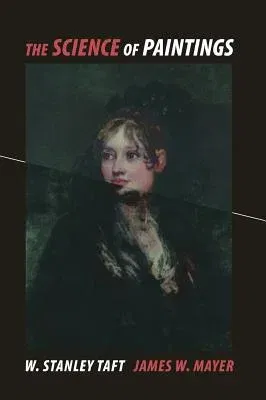The beauty, mystery, joy, and inspired observation of the human spirit
that paintings evoke result from a complex of intuitive and cognitive
choices made by the artist. An understanding of the genesis of these
choices can be as elusive as the resulting imagery, but great paintings
seem to initiate in us a curiosity about the ideas, methods, and mate-
als used by their creators. In the twentieth century connoisseurship has
been enriched by the application of methods of scientific analysis. The
results of these investigations into the physical properties of
paintings have shed new light on their authenticity and individual
histories as well as on the craft in general. Developments in the fields
of physics and chemistry have allowed us to understand still more about
how we p- ceive and interact with paintings. This book is intended for
those both inside and outside the field of art who wish to gain insight
into the making of paintings. It is directed toward students, teachers,
and scientists in engineering, physics, and chemistry as well as those
in art, art history, and art conservation. This book grew out of the
interdisciplinary undergraduate-level course Art, Isotopes, and Ana- sis
taught at Cornell University by the two authors and supported in l-
tures and seminars by three of the contributing authors: Dr. Richard
Newman, of the Museum of Fine Arts, Boston; Dr. Dusan Stulik, of the
Getty Conservation Institute; and Prof.

